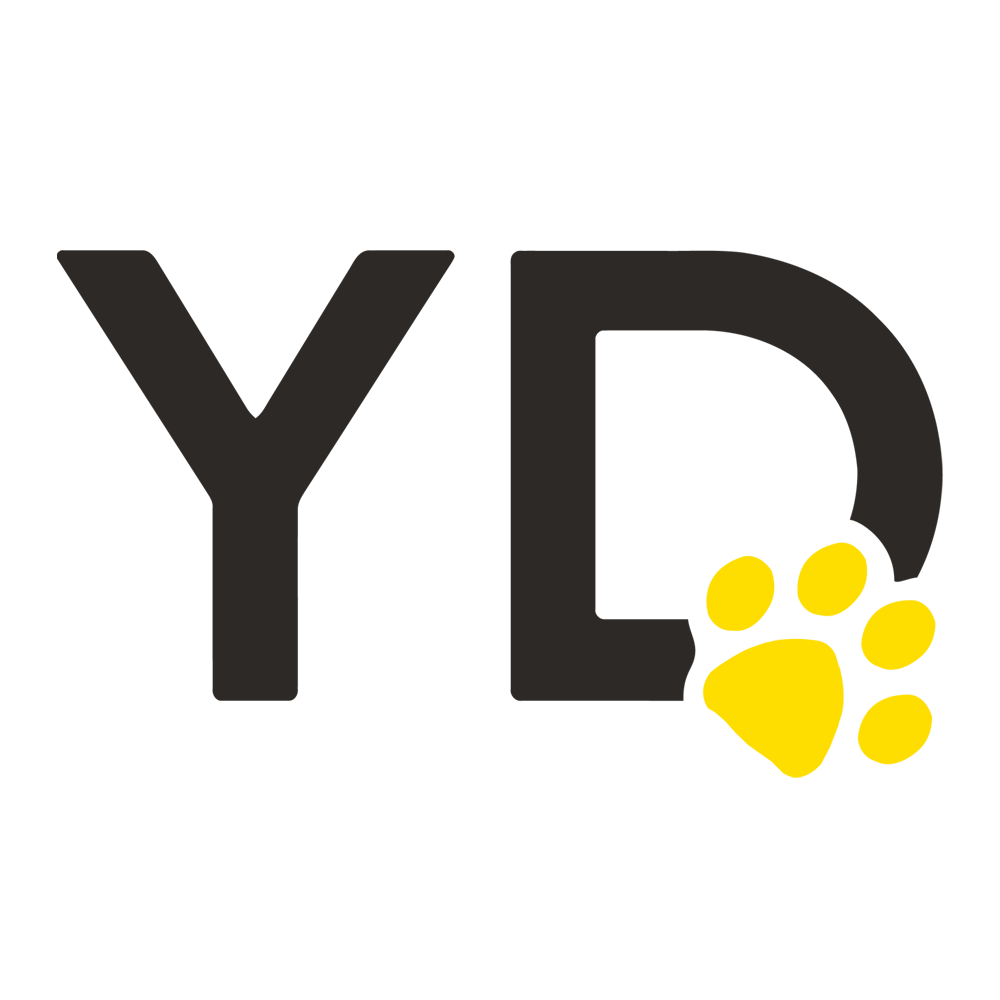A Guide To COGS for Restaurants
A restaurant's cost of goods sold measures financial and operational fulfillment that spans across the entire business. You determine profitability based on inventory, and specific menu items when tracking COGS.
When calculating COGS, you are exploring how the business has operated over a certain amount of time. Finding COGS for a week’s time will differ from finding COGS for an entire year. Calculating this keeps restaurants on top of identifying patterns and trends on the operational side. It’s important to track COGS because this is subtracted from your overall business profit.
Working in a restaurant that doesn’t track COGS accurately can create confusion in the business. Maybe you’ve experienced the stacks of invoices, lists, and half hearted attempts at tracking spreadsheets. We know! Majority of our customers start their journey here.
How to calculate COGS for your Resturant
Cost of Goods Sold (COGS) – COGS is the cost of ingredients used to create recipes and items on the menu. You can calculate the amount of money you spend on food including food waste.
Beginning inventory: The financial value you have left over from the previous period.
Purchased Inventory: The financial value of the inventory purchases you make for the upcoming period.
Ending Inventory: The value of the inventory you have left over at the end of your time period.
Formula:
Beginning inventory + Purchased inventory - Ending Inventory = Cost of Goods Sold
Understanding Cost of Goods Sold
Let’s say you have a pizza shop and want to find out your Cost of Goods Sold for the month of June.
What’s the value of your existing inventory at the beginning of the month? Start there.
For example, to calculate COGS for June, start by taking inventory in the morning on June 1. Let's say this is $5,000. This is your beginning inventory amount.
You receive 10 orders of produce (cheeses, flour, tomatoes, olive oil) and dry goods (napkins, pizza boxes) in June, totaling $4,000. This is your purchased inventory amount. Now, add the cost of those purchases.
Finally, subtract the value of the inventory at the end of the period. In our example, this would mean taking inventory at the end of the day on June 30. Let’s say this is $6,000.
In this example, your COGS is $5,000 + $4,000 = $9,000 - $6,000 = $3,000
So, in June the cost of making your menu items was $3,000. This should be deducted from your gross profit as an expense. This is your Cost of Goods Sold.
If you don’t want to plug all this into a spreadsheet, inventory solutions like Yellow Dog can speed up the process.
Your profit margins will differ based on your operation. A good benchmark is a 30% profit margin. Keeping track of this monitors theft, shrink, and inventory purchases.
Determining Food Cost
Let’s add revenue to the equation.
To determine our ending food cost for the period, we divide the COGS (usage cost) by the revenue to determine our overall food cost
Let’s say our revenue for the period is $10,000.
$3,000 (COGS) / $10,000 (Revenue) will be 0.3 (or 30%)
Yellow Dog allows you to break the food costs down further into different dimensions and categories.
You’re not limited to just food. You can also utilize other inventory levels such as beer, wine, liquor, disposables, etc.
COGS in depth
In a typical restaurant, they are primarily broken into four subcategories - food, liquor, beer, and wine. As previously mentioned, with Yellow Dog you can break them down even further to get a better understanding of where your money is going. Let's take food as an example - maybe you want to break the food subcategory down into dairy, produce, and proteins – and with Yellow Dog you can break down those proteins even further into chicken, beef, and fish. These levels help restaurants organize inventory in a more precise way to keep track of food costs.
Look into our inventory products for F&B operators to learn more.
What does COGS say about your restaurant?
COGS tells you how much you are spending to make what you’re selling to customers. You should always be aiming for a lower ratio, as the COGS to sales ratio specifies what you spend compared to your actual revenue.
Tracking COGS over time helps you identify up and down trends and determine if you are actually in control of your restaurant's cost.
For example, if COGS exceeds your budget while revenue and turnover remain stagnant, you’re in trouble. If the cost of supplies have increased and you don’t adjust the price of your menu items to make up for that increase, you could find yourself operating at a loss.
COGS is one of the most important metrics to keep track of in your restaurant. Yellow Dog gives you thoughtful COG’s reporting that includes accurate and precise inventory levels.



